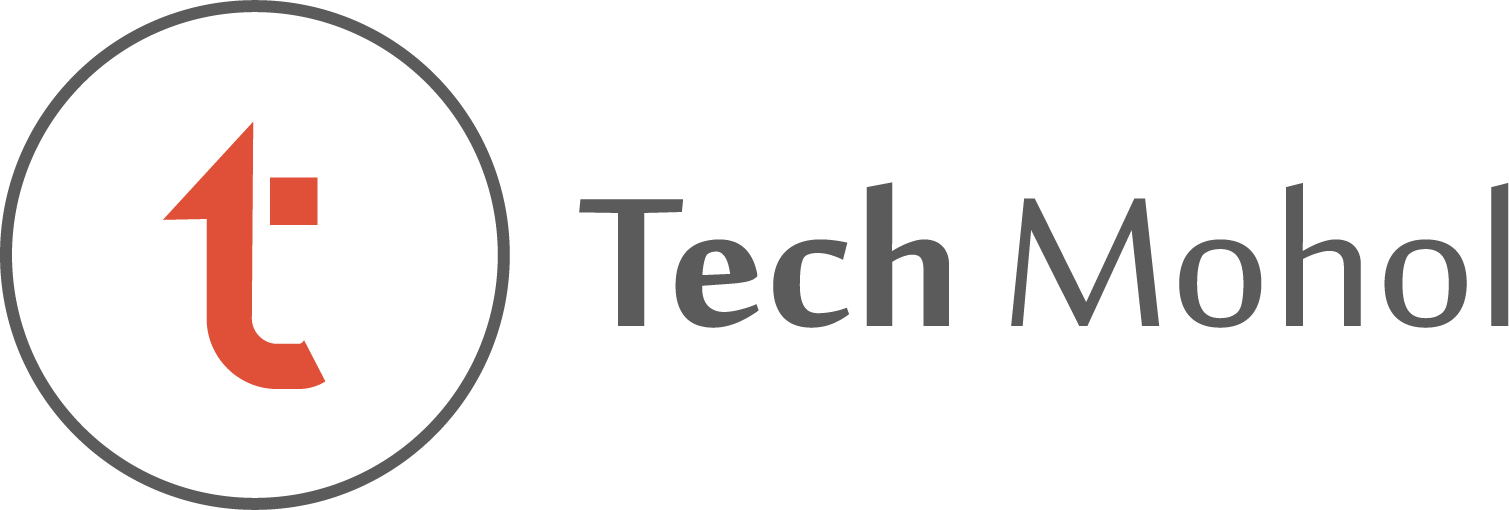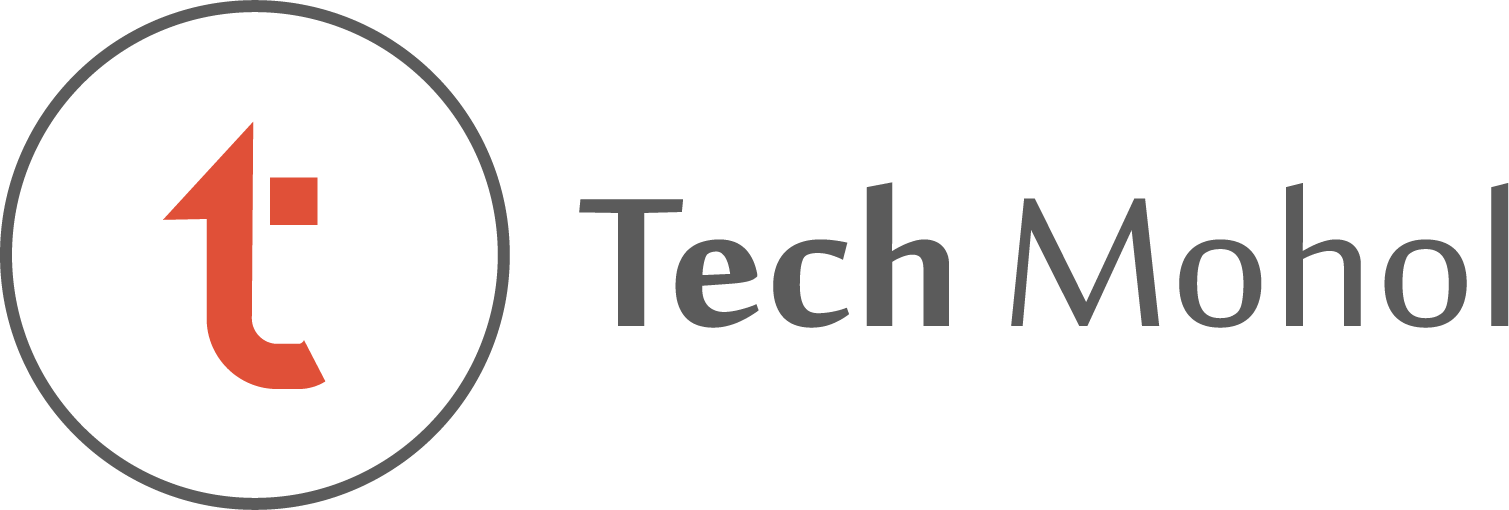In the pursuit of holistic well-being, individuals often explore alternative therapies that have stood the test of time. One such ancient practice gaining popularity in the modern world is Hijama cupping. Rooted in traditional medicine and deeply ingrained in various cultures, this therapy is renowned for its potential health benefits. In this blog post, we will delve into the origins, methodology, and the myriad benefits associated with Hijama cupping.
Understanding Hijama Cupping
Hijama cupping, also known as wet cupping, is an ancient therapeutic practice that involves creating suction on the skin using cups. The cups are typically made of glass, plastic, or bamboo and can be of varying sizes. This suction is achieved by either using heat or a mechanical pump, creating a vacuum that draws the skin into the cup.
The process involves making small incisions on the skin to release stagnant blood, toxins, and other impurities. The cups are then placed over these incisions, allowing the suction to pull out the unwanted substances. The combination of suction and controlled bleeding is believed to stimulate the body’s natural healing processes.
Historical Roots
Hijama cupping has a rich history that spans across diverse cultures and civilizations. It can be traced back to ancient Chinese, Egyptian, and Middle Eastern civilizations, where it was employed as a remedy for various ailments. The Prophet Muhammad (peace be upon him) is reported to have endorsed and practiced cupping, adding religious significance to the therapy for many Muslims.
Benefits of Hijama Cupping
- Detoxification: The primary goal of Hijama cupping is to detoxify the body by removing stagnant blood and harmful toxins. This process is thought to enhance the circulation of fresh, oxygenated blood, promoting overall well-being.
- Pain Relief: Cupping therapy is known for its analgesic properties. It is often used to alleviate musculoskeletal pain, including back pain, joint pain, and muscle tension. The suction created by the cups helps to relax muscles and reduce inflammation.
- Boosted Immunity: By eliminating toxins and promoting better blood circulation, Hijama cupping is believed to strengthen the immune system. A robust immune system is crucial for defending the body against infections and illnesses.
- Improved Circulation: The suction created during cupping helps improve blood flow to the treated areas. This enhanced circulation can contribute to better oxygenation of tissues, faster healing, and improved overall cardiovascular health.
- Stress Reduction: Cupping therapy has been associated with relaxation and stress relief. The release of tension in muscles and the promotion of overall well-being can contribute to a calmer and more relaxed state of mind.
- Digestive Health: Some practitioners believe that Hijama cupping can aid in improving digestive health by promoting the removal of toxins and enhancing the functioning of the digestive organs.
FAQ:
Q1: What is Hijama Cupping?
A1: Hijama Cupping is an ancient therapeutic practice that involves creating suction on the skin using cups, typically made of glass, plastic, or bamboo, to draw out stagnant blood, toxins, and impurities through small incisions.
Q2: How does Hijama Cupping work?
A2: The cups are placed on the skin, creating a vacuum through either heat or a mechanical pump. This suction draws the skin into the cup, and when combined with controlled bleeding from small incisions, it stimulates the body’s natural healing processes.
Q3: What are the historical roots of Hijama Cupping?
A3: Hijama Cupping has historical roots in ancient Chinese, Egyptian, and Middle Eastern civilizations. It has been practiced for centuries and holds religious significance in Islam, as the Prophet Muhammad (peace be upon him) is reported to have endorsed and practiced cupping.
Q4: What is the primary goal of Hijama Cupping?
A4: The primary goal of Hijama Cupping is detoxification. It aims to remove stagnant blood, toxins, and impurities from the body, promoting better circulation and overall well-being.
Q5: What are the benefits of Hijama Cupping?
A5: Some benefits include pain relief, boosted immunity, improved circulation, stress reduction, and potential improvements in digestive health. It is also believed to aid in detoxification and enhance cardiovascular health.
Q6: Is Hijama Cupping used for pain management?
A6: Yes, Hijama Cupping is known for its analgesic properties and is often used to alleviate musculoskeletal pain, including back pain, joint pain, and muscle tension.
Q7: How does Hijama Cupping contribute to stress reduction?
A7: Cupping therapy has been associated with relaxation and stress relief. The release of tension in muscles and the overall improvement in well-being contribute to a calmer and more relaxed state of mind.
Q8: Can Hijama Cupping improve digestive health?
A8: Some practitioners believe that Hijama Cupping can aid in improving digestive health by promoting the removal of toxins and enhancing the functioning of digestive organs.
Conclusion
Hijama cupping, with its roots deeply embedded in history, continues to captivate the interest of individuals seeking natural and holistic healing methods. While its benefits are celebrated by many, it is essential to approach this therapy with caution and under the guidance of qualified practitioners. As with any alternative therapy, individual experiences may vary, and it is advisable to consult with healthcare professionals before incorporating cupping into one’s wellness routine.
In the quest for well-being, the ancient practice of Hijama cupping stands as a testament to the enduring wisdom of traditional healing methods, offering a unique approach to achieving balance and harmony within the body.






